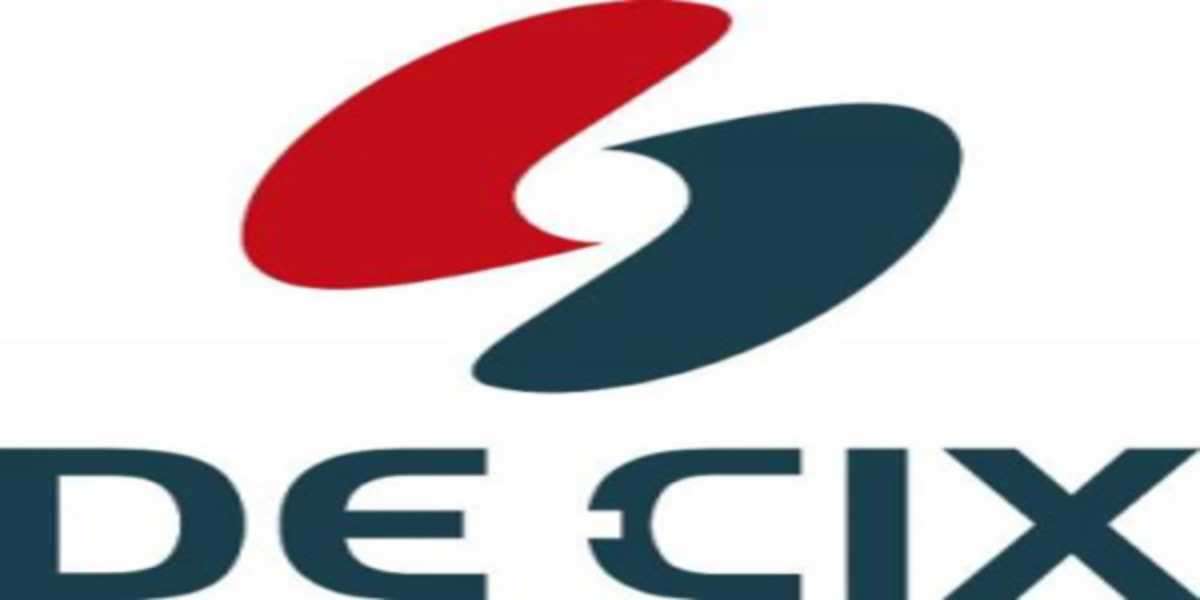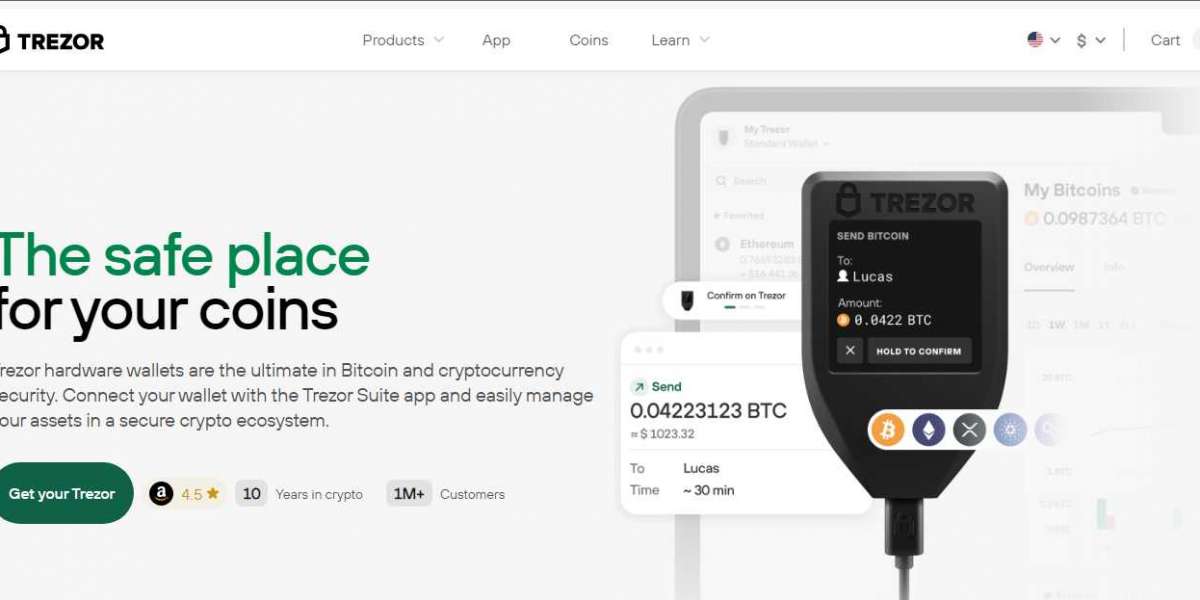In the linked world of today, effective network administration is critical for companies of all kinds. Finding their way through the complexities of internet routing can be a difficult challenge for enterprises that depend on several internet service providers (ISPs) for redundancy and optimal performance. Public route servers become an invaluable tool in this situation, streamlining network administration and guaranteeing uninterrupted data delivery.
Internet routing has always been dependent on peering agreements between networks. Through direct data traffic exchange, these agreements increase efficiency by avoiding the public internet. Bilateral peering and Internet exchange are the two main types of peering (IXP).
Bilateral Peering
With this technique, a one-to-one link is created between two distinct networks. Envision a specific traffic lane constructed only for the mutual benefit of two adjacent towns. Bilateral peering works well for a small number of connections but gets complicated as the number of peering partner’s increases. Imagine the mayhem if each neighborhood had to build its own traffic signals in coordination with all the others in the city!
Internet Exchange Peering (IXP)
An IXP serves as the central hub that facilitates connections between various networks. Like a busy junction, the IXP makes data transfer between different networks possible. Even though IXPs are more efficient than bilateral peering, each network present at the exchange point must have its own peering session configured. Imagine it as a single traffic signal that manages all crossings, yet each area still needs to be aware of how other neighborhoods' traffic flows.
The introduction of public route servers changes the landscape of network administration. These servers provide as centralized databases for reachability data over networks. Envision a massive traffic control center that provides a real-time view of all traffic patterns around the city. While other networks can query the public route server to find the most effective path to their desired destinations, networks can advertise their available routes (destinations they can reach) to it. This removes the requirement to manually set up a separate peering session for every connection.
There are several advantages that public route servers provide for network administration as follows.
Diminished Configuration Expense
By automating route advertisement and discovery, public route servers greatly lessen the workload of network administrators who must manually configure routes. This reduces the possibility of configuration errors, which can impair network performance, and adds up to many hours saved. Imagine not having to change every traffic light whenever a new neighborhood is developed—the central control center takes care of everything.
Improved Scalability
Public route servers guarantee easy scaling as your network expands and establishes peering with more partners. It is simple to add new connections and does not require resetting each and every peering session that already exists. This is similar to expanding the central traffic hub with additional lanes to handle more traffic.
Simplified Diagnostics
Public route servers offer important information about network connection. You can check with the server to see if your peers are receiving the routes you have broadcast, which makes troubleshooting routing problems easier. Imagine being able to locate congestion and bottlenecks in your network with the help of a real-time traffic map.
Lowering of Expenses
The cost of network management can be greatly decreased by using public route servers. Their automation of activities and reduction of configuration errors frees up IT personnel time for more strategic endeavors. Imagine it as having a centralized traffic control system that streamlines traffic and eliminates the need for more staff to oversee specific crossings.
Conclusion
While public route servers are not a panacea, they are an effective instrument for streamlining network administration, particularly for enterprises with large peering connections. They provide a centralized, automated method of routing discovery and advertisement, freeing up important resources and guaranteeing effective data flow throughout your network. Therefore, keep in mind the power of public route servers the next time you brainstorm network management techniques; they can be the unseen tool your network needs to prosper in the fast-paced online environment of today.






